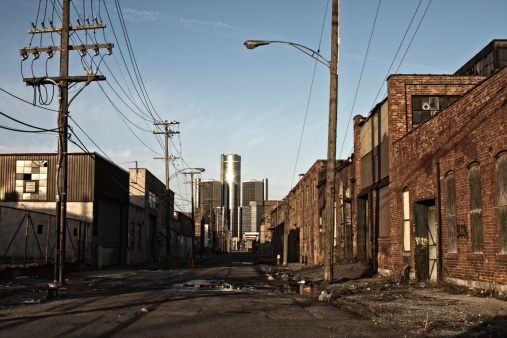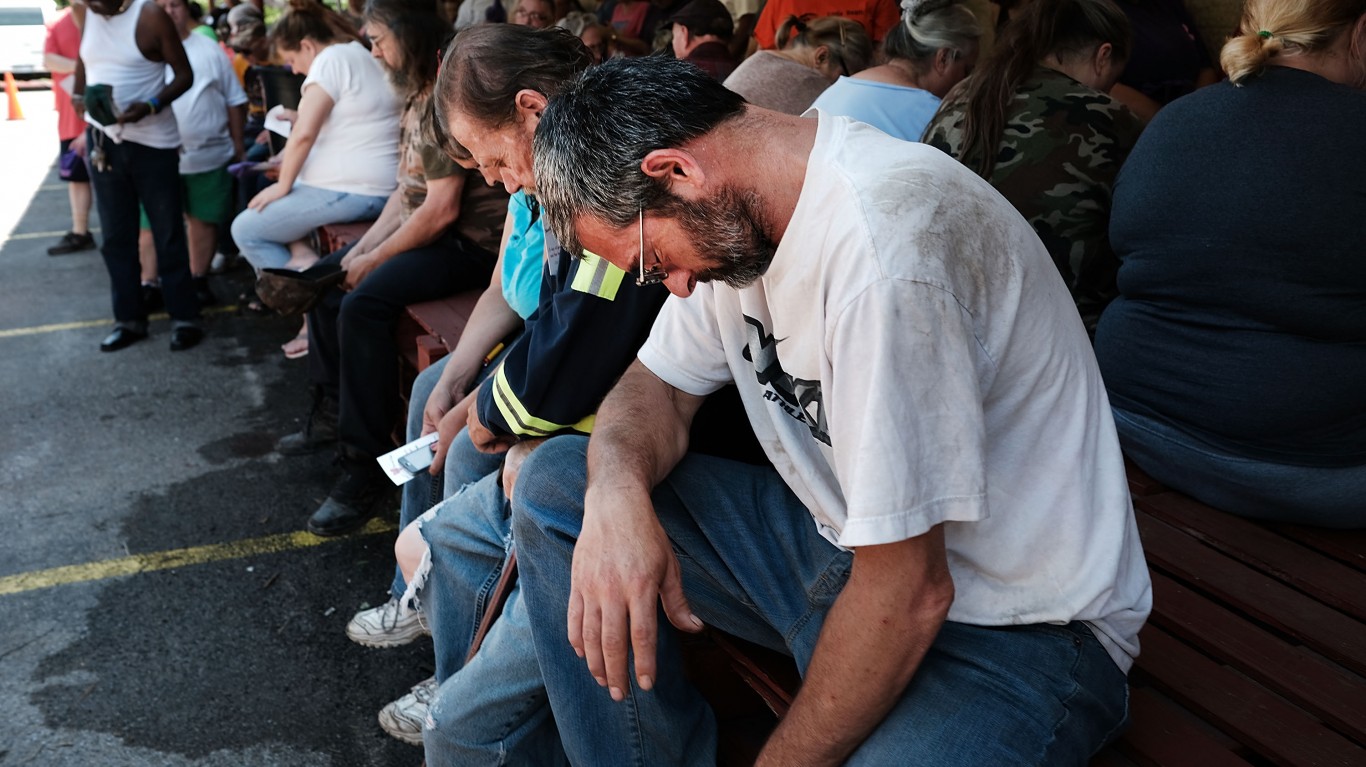Buried a bit in the S&P/Case-Shiller report for June was the huge lag in Detroit home prices compared with those in the other 19 cities the research measures. Detroit’s home prices mirror the city’s financial and economic catastrophe, even though they have posted some recovery. A look at the data since the start of 2000, the benchmark period for the index, shows just how brutally eroded home prices in the Motor City are and continue to be.
Case-Shiller data for June show that the value of homes in Detroit rose 16.4% year over year. That compared to a 20-city average of 12.1% for the same period. But the methodology of the yardstick really shows how much markets have recovered:
The S&P/Case-Shiller Composite of 20 Home Price Index is a value weighted average of the 20 metro area indices. The indices have a base value of 100 in January 2000; thus, for example, a current index value of 150 translates to a 50% appreciation rate since January 2000 for a typical home located within the subject market.
Detroit’s number in June was 87.41. None of the other 20 cities had a figure of less than 100. Cleveland was closest at 105.35. Las Vegas, considered the most badly crippled market when home prices imploded, is rated at 117.29. The 20-city composite for June was 159.54. Los Angeles was at the top of the list at 202.1, a remarkable contrast to Detroit.
The Detroit real state market is like most measures of the city. Its population was more than 1.5 million in each Decennial Census from 1930 to 1970. The figure was still above 1.2 million in 1980. Detroit’s population dropped to 713,777 in 2010, and it is bound to continue to fall as city services disintegrate and job opportunities whither. There is virtually no demand for homes at the high-priced end of the market. Since there is almost no chance Detroit’s fortunes will be reversed for decades, or perhaps ever, the city’s Case-Shiller number will never climb back to 100.
As pertains to Detroit, month-over-month and year-over-year real estate value measurements are worthless. The damage was done over a period measured in decades, not in years.
Thank you for reading! Have some feedback for us?
Contact the 24/7 Wall St. editorial team.




